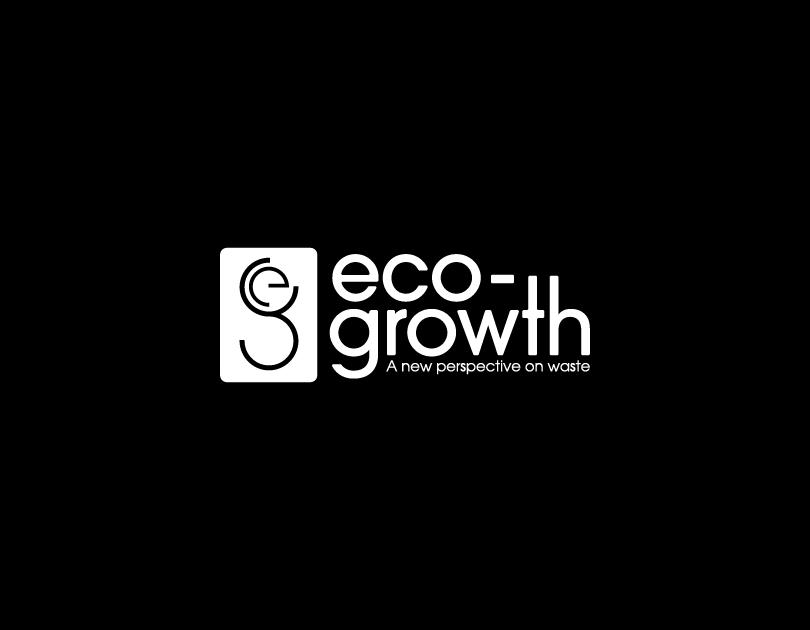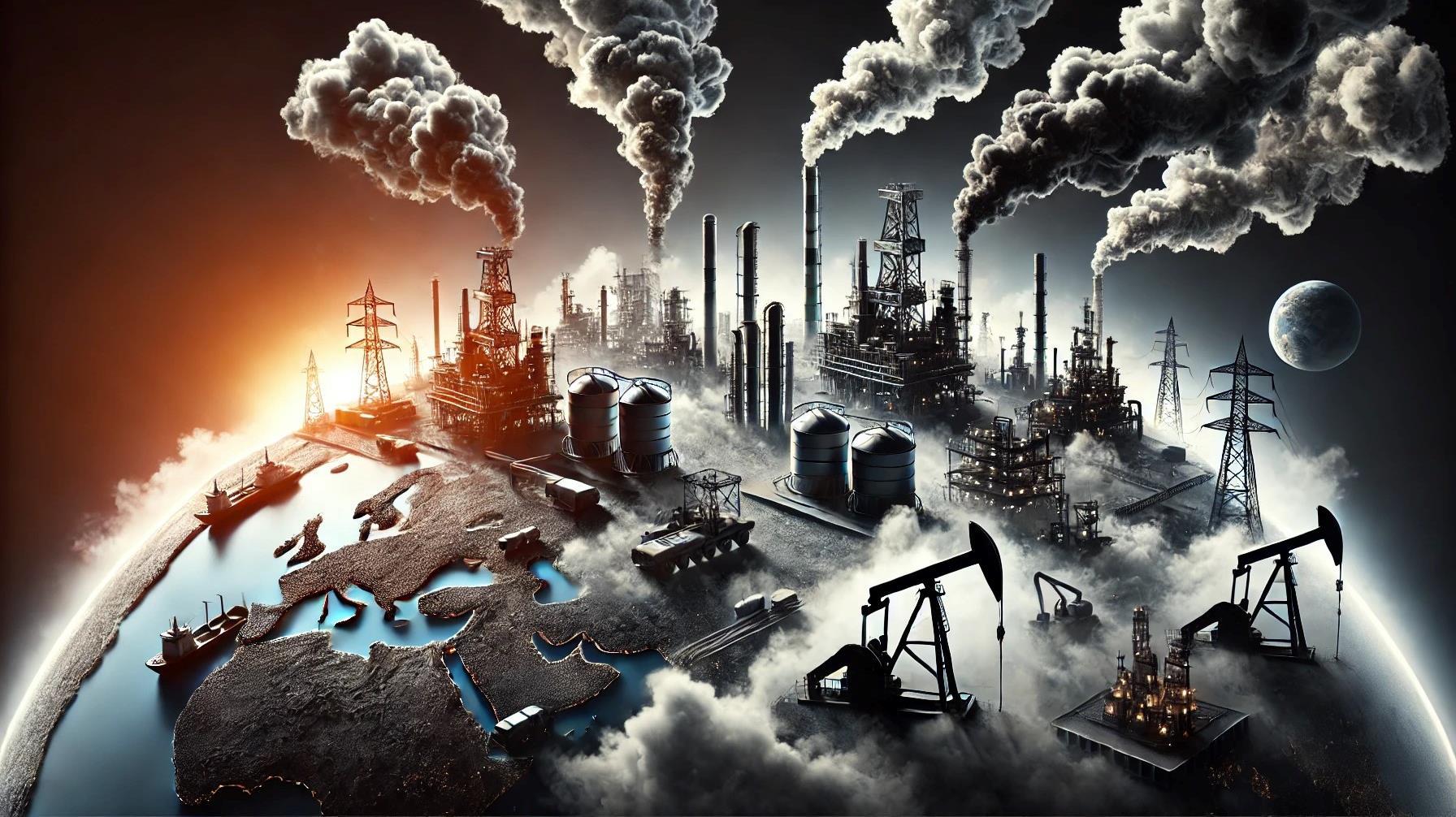

Paris
Agreement: Staying below 1.5C warming threshold requires keeping CO2 levels below 450 ppm.
GHG Emissions are like an overflowing bathtub. Turn off the tap (slow the GHG emissions entering atmosphere), pull the drain plug (reduce GHG emissions already in the atmosphere), do nothing wait until it overflows.

Imagine the Earth's atmosphere as a bathtub, with CO₂ molecules representing the water being poured in. At 450 ppm CO2 the bathtub will overflow.

At 450 ppm CO2 severe and irreversible climate impacts, such as extreme weather events, rising sea levels, and loss of biodiversity are predicted.
GHG Emissions are like an overflowing bathtub. Turn off the tap (slow the GHG emissions entering atmosphere), pull the drain plug (reduce GHG emissions already in the atmosphere), do nothing wait until it overflows.

Atmospheric CO2 Levels
2009’ – 387.5 ppm
2014’ – 398.6 ppm
2019’ – 411.1 ppm
2024’ – 422.2 ppm
If we don’t change our behavior

2029’ – 432.0 ppm
2034’ – 442.6 ppm
2039’ – 453.2 ppm
GHG Emissions are like an overflowing bathtub. Turn off the tap (slow the GHG emissions entering atmosphere), pull the drain plug (reduce GHG emissions already in the atmosphere), do nothing wait until it overflows.




We urgently need close the tap to reduce the amount of CO2 entering the atmosphere! and .. We urgently need to pull the drain and remove the amount of CO2 currently in the atmosphere!
RENEWABLE ENERGY
Identifying the low hanging fruit
CLIMATE ACTION CARBON CAPTURE



A science-based approach to calculating landfill methane and greenhouse gas emissions.

When organic waste is disposed of in landfills, it undergoes anaerobic decomposition—a biological process that occurs in the absence of oxygen.
Methane generated by waste decomposition in landfills is generally expressed as Lo which is cubic meters of methane (m³ CH₄) per metric tonne of waste.

Food waste = Lo 160
Cardboard = Lo 120
Non-Organic = Lo 20
Source: British Columbia Ministry of Environment
For each metric tonne (mt) of waste in landfill

The Math
1. Methane (CH4) weighs .6559 kg. / m3 .
2. Methane has a global warming potential (GWP) 87x greater than CO2 over a 20-year time frame.
3. Emission factor = Lo x .6559 kg. / m3 x 87 GWP

According to the WORLDBANK there are 2 billion metric tonnes of waste generated globally and is expected to increase to 3.4 billion metric tonnes by 2050.
Assume, conservatively that 50% of the waste ends up in landfills each year.
Adding the emissions multipliers:

1. Organic waste is 2 billion mt x 44% = .88 billion mt x emission factor 9.13 = 8.03 billion mt CO2e.
2. Add cardboard waste: 2 billion mt x 17% = .34 billion mt x emission factor 6.85 = 2.33 billion mt CO2e.
3. Total 8.03 + 2.33 = 10.36 billion mt CO2e / year.
4. Total by 2050 = 17.6 billion mt CO2e / year.

According to the IEA.org, in 2022, the entire global carbon footprint of the oil and gas industry resulted in 5.1 billion metric tonnes of CO2e emissions.

According to the IEA.org, in 2022, the global carbon footprint of the entire oil and gas industry resulted in 5.1 billion metric tonnes of CO2e emissions. Landfills contribute 10.36 billion mt of CO2e emissions and is expected to grow to 17.6 billion mt.

Addressing climate change requires immediate action to reduce carbon emissions wherever possible, not just oil & gas. Eco-Growth
Environmental has developed award-winning technologies that help organizations and communities divert waste from landfills and upcycle it into valuable resources.

become relics of the past, preserved only in museums as reminders of an era when humanity wasted precious resources and endangered the planet.


